I was recently rummaging through old folders on my network drive, and found some images I had completely forgotten, covering a 1987 proposal from Glushko for an Energia based mission to Mars. I have no idea where they came from, but I set about restoring, translating, and enlarging them. As usual, click on an image to see a larger version.
I have just one page of text, which covers the activities of the cosmonauts, the rest comes from the illustrations and their captions. As usual, click on an image for a larger version.
The Mars Vehicle.
The new design is a monster, about 200 Metres long. Some other key stats:
Initial Mass: 428 Tonnes
Power: 2 x 75 Megawatts
Crew: 4 cosmonauts
Crew to Mars Surface: 2 Cosmonauts
Mission Duration: 716 days
Here’s the general layout:
Note that the “Earth Return Ship” refers to the descent module that descends to the Earth’s surface at the end of the mission.
Assembly of the Mars Ship.
The craft would need 5 launches of the Energia rocket to get all the elements into Earth Orbit. Here’s the assembly sequence.
The two nuclear-electrical propulsion systems need a launch each, so there are 4 different modules to get into orbit. The Mars landing craft, and Earth return vehicle can share an Energia launch.
The Mars Orbiter.
Note that the cabins have radiation shelters, I assume for use in the case of a solar storm. It also looks like it covers areas where the crew sleep, to reduce exposure to cosmic rays etc.
Note the greenhouse - from the earliest serious designs they hoped to grow plants for food and to help with oxygen production. Korolev considered this one of the key challenges to overcome in the conquest of space.
Mars Landing Craft / MPK
The crew of 2 live and work in the conical section at the nose for the 1 week they spend on the surface of Mars. Landing engines are in 2 groups, one in front of the ascent stage and one behind it. The braking rockets occupy all of the rear section, it presumably flips to face forwards after the braking burn.
Tasks for the crew at Mars
Collection of typical soil samples, analyse them rapidly, and select batches for return to Earth.
Conduct detailed studies of the surface of Mars, and subsurface soundings. Take bedrock samples from the surface, and boreholes.
Detailed biological studies.
Deep seismic and electromagnetic soundings.
Television broadcasts from the landing area.
Get large scale plans of the surface, suitable for scientific research.
Install permanent stations to study the interior of Mars, and the meteorology of Mars.
From orbit, use guided rovers on the surface. These rovers could be delivered by the lander, or as part of a separate unmanned mission.
Survey formations and phenomena in detail, for complex scientific research.
Remote sensing of the planet from orbit to create a Mars atlas, define a coordinate system, with reference points. This will provide a solution for complex navigation tasks.
Processing the data will enable an understanding of:
The development of geological structures.
Evolution of the Mars magnetic field.
Evolution of the atmosphere and climate of Mars.
The history of water and the cryolithosphere of Mars.
The internal structure of the planet.
The formation history of general and local magnetic fields.
Biological and Paleobiological activity.
The Earth Return unit.
The crew are seated in a row of 3, with one cosmonaut in front of them. I don’t know if the caption on the controls, “Remote Piloting, should be taken literally.
Note the off-centre “Corrective Engine” which I assume to be the main braking engine. Again we can assume that the craft flips over after the braking burn.
Working Fluid Tanks.
I assume that “working fluid” refers to the propellant material, ejected at high speed by the electrical ion engines.
Nuclear power units, and electric engines.
Shown here in the stowed position. Two of these are required. Note the 10 banks of engines with a total thrust of 15.6 kilograms of force. This is tiny, but the engines run continuously, and it’s MUCH more effective than a brief but powerful chemical rocket.
The biological protection in the diagram is a block of dense metal. This intercepts radiation from the reactor, and provides a 15 degree shadow from each end, to dramatically reduce the radiation the crew are exposed to.
The Mission Flight Plan
Note some of the unusual elements of the mission plan, driven by the low thrust / high efficiency of the nuclear electric engines.
The ship takes 3 whole months to escape the gravity of Earth with a slow, spiralling trajectory.
The engines work for pretty much the whole flight time.
Similarly it takes a month to descend to working altitude at Mars, and a month to climb up from Mars at the end of the mission.
The mission manages to include a crewed flyby of Venus!
The main ship flies past Earth at the end of the mission, and enters Solar orbit.
Lets hope a couple of hundred tons of radioactive metal does not collide with Earth in the future!
This Edition’s Cool Link:
I’ve mentioned this site before, but it has grown so much since I did, I’m giving it another plug. The Buran / Energia image archive:
buranarchive.space
The Energia Buran Archive now has over 1000 photos online...
This Editions Cool Image:
Energia / Buran at the launch position.
You can only see the wingtips of Buran. Note that the tower was adapted from the original design for the N-1, and you get a nice view of the structure in this shot, with the stairs winding around the main support struts.


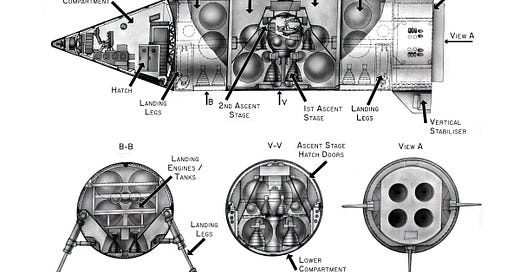





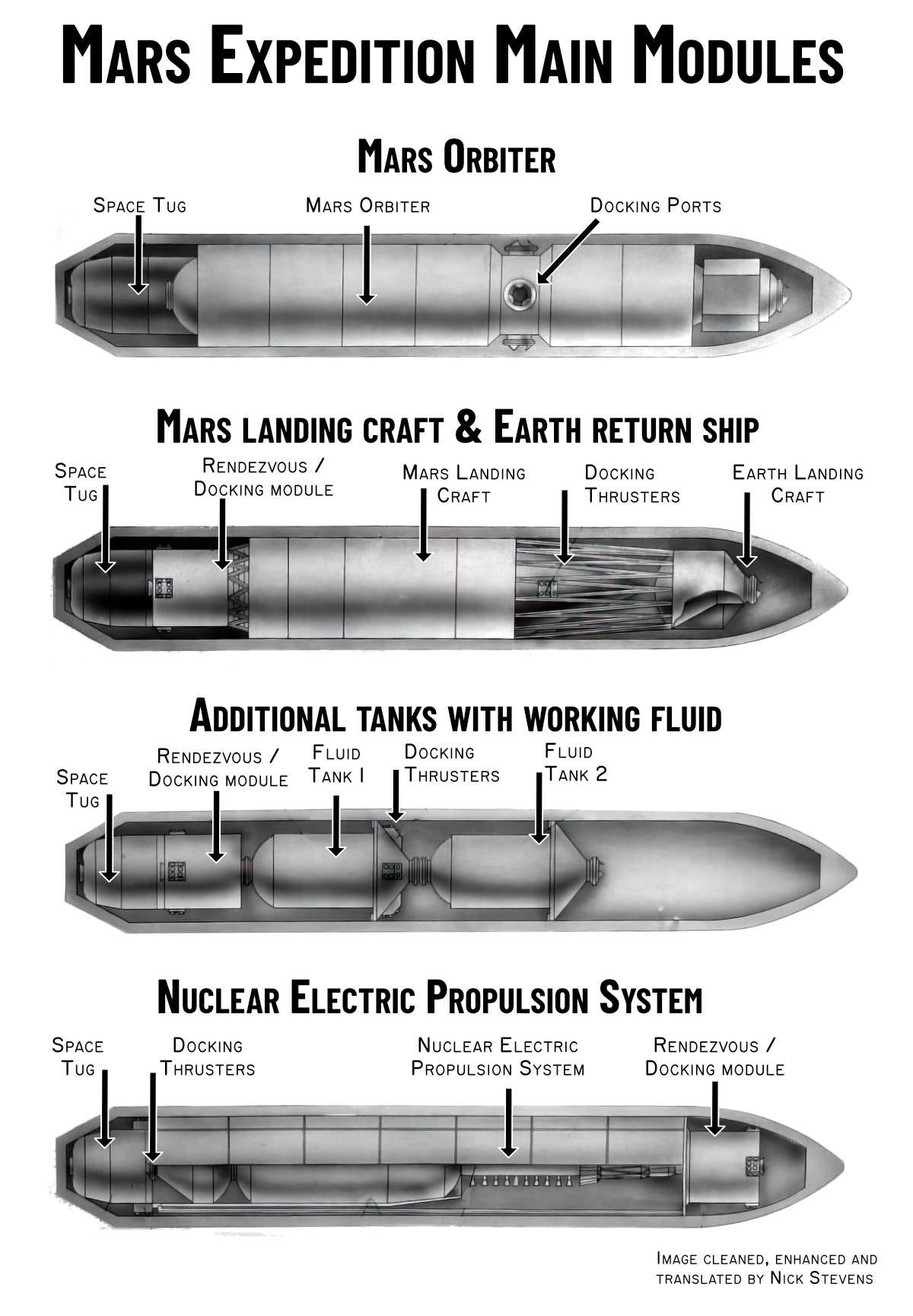

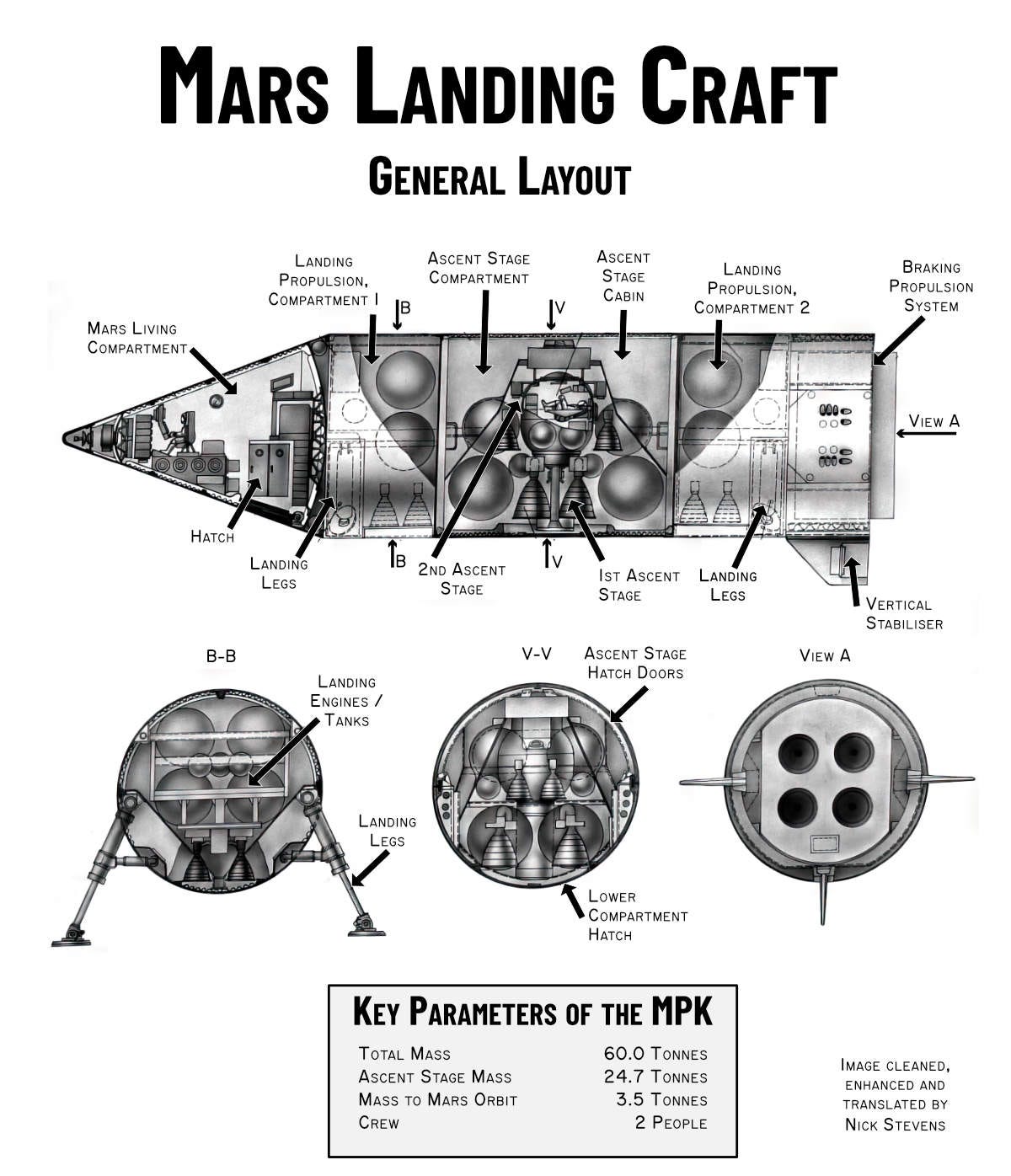

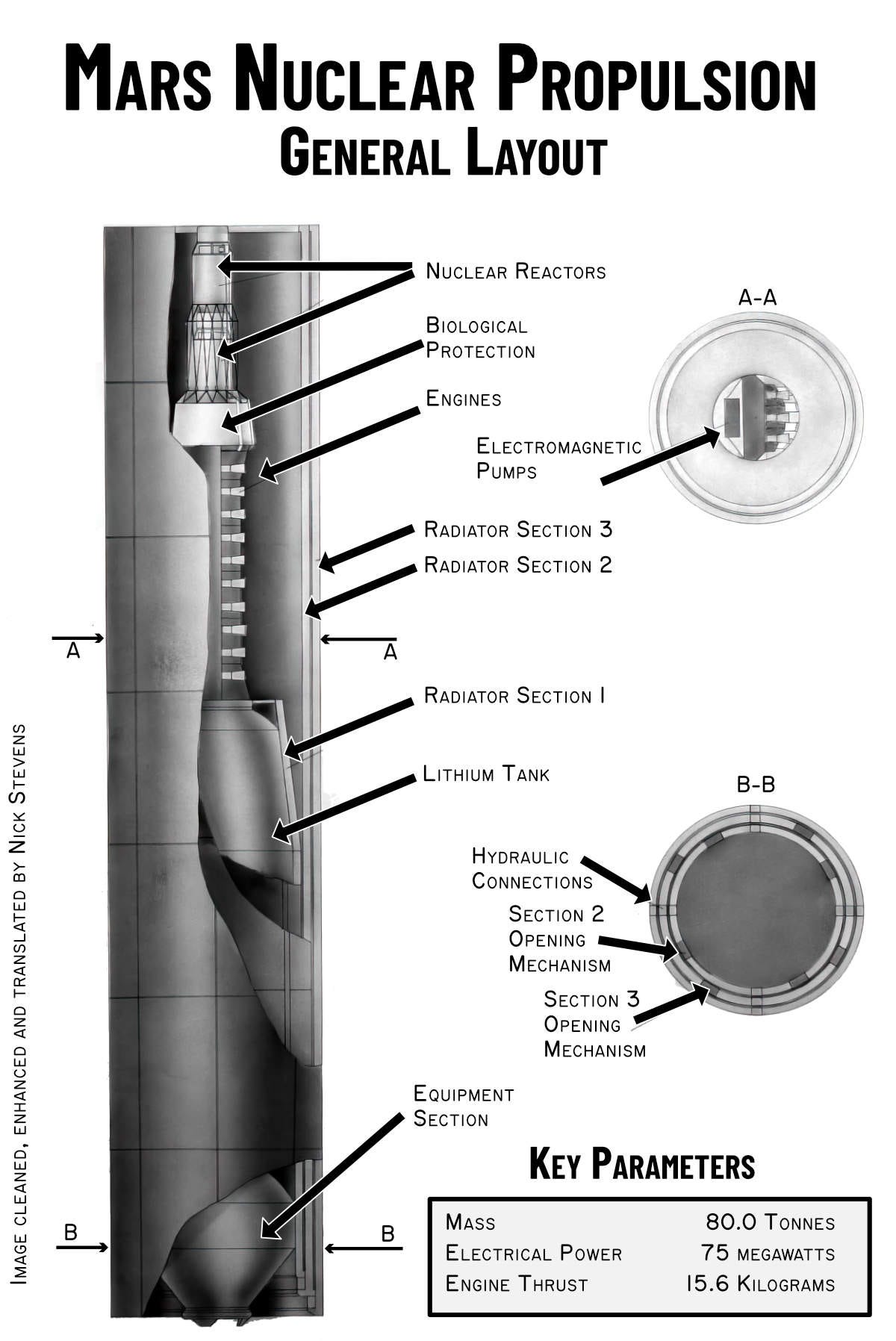

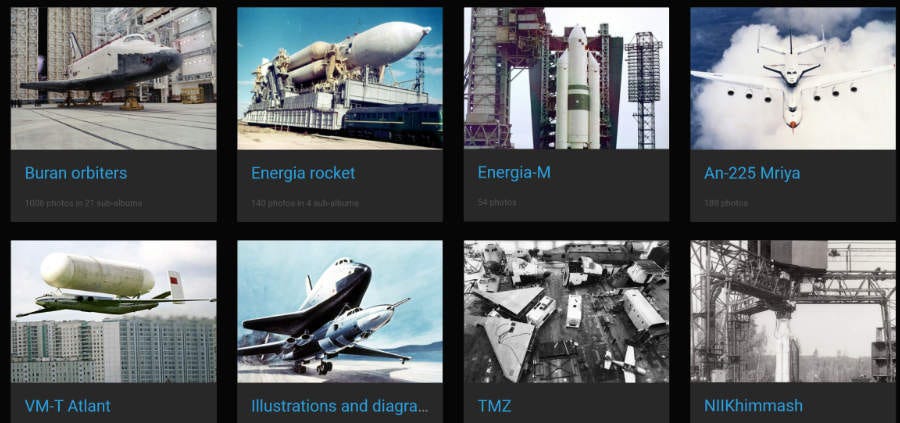

Not enough hearts to give this post. Great work!
Hi, will you make render of TLK with manned rover, and LOK with small LOS from one of your previous posts? (https://graphicsnickstevens.substack.com/p/the-final-lk-and-lok-proposal-and?utm_source=profile&utm_medium=reader2)